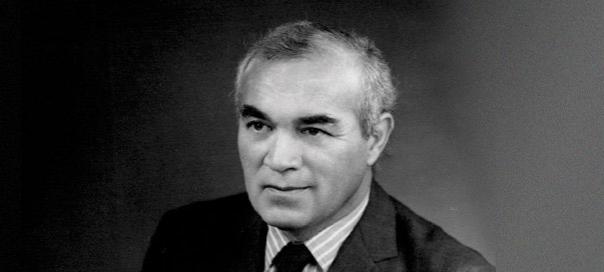Seasoned journalist Martin Agronsky was the first to conceptualize and develop a TV show that featured a bunch of prominent journalists providing perspective to the top stories of the week, way back in 1969. He sensed so early on that television was rapidly becoming a part of the ‘showbiz’, and that the half hour news show format will not be able to provide the necessary background and perspective to the top news stories.
In the show, Agronsky gathered a bunch of serious journalists together in a round table to discuss stories, a format that’s now being followed all over the world. His main concern was to reach the audience so that they really understand the underlying issue of a news story. And he made sure that the discussions were of substance and eschewed the hype and phony conflict that marked many other talking-head programmes. Today also, we have some talk shows, in the USA as well as here in India, where the hosts (whom I call “TV generalists”) don’t even fully understand the issue under discussion and shout louder than their guests to prove their point.
The show “Agronsky and Company” eventually came to be known as the highest rated news show in America, which in late Senator Ted Kennedy’s words “no one in the government could afford to miss”. The show was nationally syndicated from 1969 to 1987, and frequently attracted comments and complaints from Presidents and other top officials. Presidents Richard M. Nixon, Ronald Reagan and Jimmy Carter or their news secretaries often called Agronsky during the programme.
Agronsky was a no-nonsense journalist who learnt about the importance of putting a story in perspective from his newspaper and radio days, which also gave him the rich and varied experience that comes with international reporting before he joined TV. Prominent Time magazine journalist Hugh Sidey was a regular guest on the show. He credited Agronsky’s considerable reporting experience with giving the show something special. “He was a reporter, and that was everything. He’d seen the world. He’d been there, and I think the programme reflected that,” he told the American Journalism Review. “There was tremendous chemistry [among the guests]… We came right out of the trenches… I would often come from being with the President... I would not reveal the news on the show but would use the flavour of it and explain a little tidbit here and there...”
I first met Martin at a birthday party of his son, Jonathan Agronsky, who was one of my colleagues in the Voice of America Newsroom in Washington. Martin was kind enough to spend some time with me and we discussed how significant a role VOA was playing in reporting the news and also the American stance on different international issues being faced by the world. I had just been promoted to head the South Asia desk of the newsroom, and Martin taught me something that I still use in my reporting. He said a news story should always be written to inform one of those listeners “who is hearing about it for the first time”. Never leave a listener, he said, with even one unanswered question about that story. So it should have enough background, he said, to make him or her understand the real issue behind it. Today, I believe many of our TV reporters in India and other countries can use his valuable advice to their benefit.
As the moderator of his show, Agronsky had a calming effect. “There was no shouting, because all of us made it clear we didn’t want a shouting match,” said syndicated columnist Carl Rowan, who was one of the panelists on the very first show and remained with it for all 18 years.
It was December 31, 1987. With just less than two minutes to go in his very last show, without any fanfare or drama, Agronsky turned to the camera and stated simply: “I think what we all tried to do was to provide insights, to report what we thought mattered most. And I feel, looking back over the years, we often came close to the heart of the matter in that sense, and to what we saw as the truth. That’s all we could have accomplished, and we hope that anyone out there feels the same way. And that’s the last word.”
Agronsky worked almost for five decades from 1940 to 1988 and won almost all the coveted journalism awards. He was perhaps the only American journalist who worked for all three major commercial networks of his time -- ABC, CBS and NBC -- as well as for the Public Broadcasting Service before he died in 1999.
In the personal and humble opinion of this reporter, we, in India’s TV industry, can and should learn a lot from this hardcore journalist whose main concern was not his ego, but his audience. We can begin a couple of shows like “Agronsky and Company” and educate our viewers about the real issues behind some of the significant stories so that they learn how to question the governments and strengthen our nascent, but largest democracy in the world.
(Author/analyst Ravi M Khanna worked with VOA as South Asia bureau chief and desk editor in New Delhi and Washington for over 24 years)
Feedback: ravimohankhanna@gmail.com























